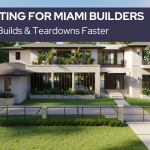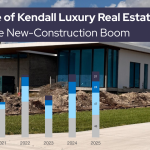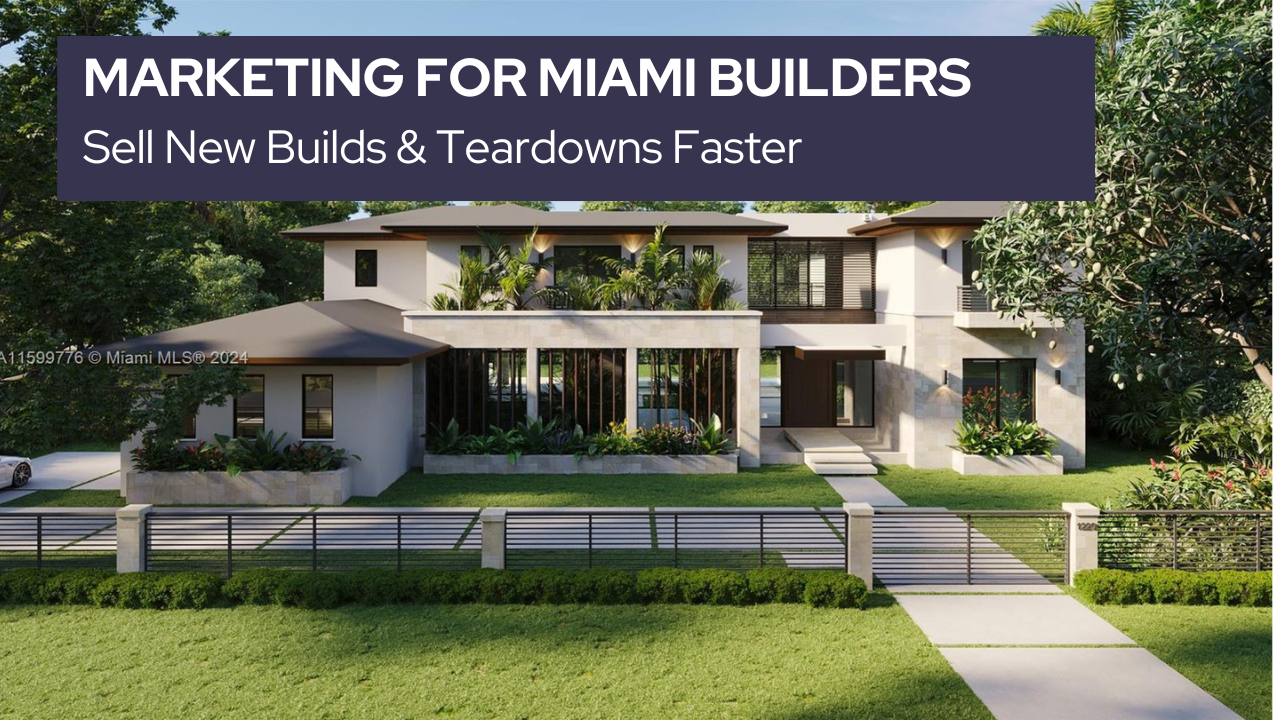
- Best of All
- Best Miami Luxury Condos
- Most popular
- Relocating to Miami
- Private Schools
- Investments
- Gated communities
- Waterfront information
- Luxury homes
- Luxury Condos
- New Construction Condos in South Florida
- Independent Pre-Construction condo reviews for Miami
- Independent Pre-Construction condo reviews for Fort Lauderdale
Inside Custom Homebuilding: Challenges, Mistakes, and What You Need to Know
How to Build or Buy a Miami Custom Home Without Regrets
Welcome back to another episode of the Better Decisions podcast! I’m your host, David Siddons, and in this episode, we’re stepping out of the studio and into a stunning home on 96th Street—one of our very own listings. Today, we’re diving into the complexities of building custom homes, the mistakes people make, and everything you need to know if you’re thinking about designing or purchasing a custom home.
Our guests are Lewis and Austin Gains from Canterbury Builders, a respected custom homebuilding company in Miami. Founded in 1987, Canterbury Builders started with spec homes but soon shifted focus to custom projects, offering clients a truly personalized approach. With decades of experience, they bring a unique insight into the process of building custom homes at the highest level. In this conversation, we’ll explore their journey, how they keep projects manageable with a focus on quality, and the common pitfalls in custom homebuilding.
Laying the Groundwork: Why Early Decisions Are Critical in Custom Homebuilding
Building a custom home is a highly collaborative process that requires a dedicated team, including the homeowner, architect, interior designer, engineers, and contractor, all working together to achieve the desired outcome. The process begins with aligning everyone’s vision, ensuring a clear understanding of what the client wants. Once the team is on the same page, the first major step is purchasing land. With the lot cleared, excavation begins, and the foundation is set. As the structure rises, decisions must be revisited with the client, particularly as the visual elements like window openings and floor layouts become clearer. A key challenge in custom home building, especially during uncertain times like the pandemic, is the timing of decisions. Early on, clients must make important choices, such as selecting appliances, plumbing fixtures, and finishes—decisions that often have long lead times. This requires forward planning, as many key elements, such as plumbing systems and electrical components, need to be finalized before the framing phase begins. The sequencing of these decisions is crucial for the timely completion of the project. Changes in design or material preferences, particularly late in the process, can significantly affect the timeline and budget. For example, selecting the type of faucets or wall-mounted fixtures early is necessary for proper plumbing installation. The challenge is balancing the need for early decisions with the flexibility to adjust designs as the home takes shape. The more information provided upfront, the smoother the process will be, ensuring the final product meets expectations without costly delays.

Balancing Vision and Flexibility: How Ongoing Collaboration Keeps Custom Homes on Track
In custom home building, managing expectations from the start is essential, but flexibility is key as changes are inevitable. We encourage clients to be actively involved throughout the process, attending regular site meetings with the designer, architect, and our team. These weekly check-ins help ensure that upcoming decisions are reviewed and any necessary adjustments are made at the right time, preventing delays. While it’s not always possible to avoid changes, we strive to proactively address potential issues, offering clients the chance to make decisions early. If something doesn’t align with their vision, we make sure they have the opportunity to adjust before it’s too late. This approach minimizes revisions and keeps the project on track.
The Complexity and Precision of Custom Home Building
Building a custom home is a dynamic, complex process where decisions evolve throughout construction. Unlike spec homes, which are more straightforward with limited layers of design, custom homes involve intricate layers and meticulous attention to detail. Every aspect, from paneling to cabinetry, flooring, and lighting, requires precise coordination and communication between the client, designer, architect, and construction team. A key part of this process is maintaining millimeter-level precision, ensuring every detail fits together seamlessly. For instance, when it comes to paneling, each component must align perfectly, often within an eighth of an inch. This level of detail extends to elements like lighting fixtures, where decisions are frequently revisited to ensure they fit the intended design and function of the space. The process involves constant checks and adjustments, with the team working closely with the homeowner to visualize and finalize each decision. The result is a highly curated home, where every element is meticulously planned, and the timeline is extended to allow for the necessary adjustments and refinements.
The Importance of Client Involvement in Custom Home Building
Building a custom home requires active and ongoing involvement from the homeowner. While it might sound appealing to hire a team and leave for an extended period, only to return to a completed house, this approach often leads to dissatisfaction. A truly custom home is not just about executing what’s on paper—it’s about aligning the vision with reality. The homeowner’s input guides critical decisions throughout the process, from design details to functionality. The more involved the client is, the better the result, ensuring that the home truly reflects their lifestyle and preferences. Custom homes involve thousands of decisions, especially as the project nears completion, and decisions like countertop overhangs or panel details can significantly impact the final product. For a successful outcome, communication is key, as builders are not just constructing a house, but creating a home tailored to the family’s needs and vision.
The Longevity of Building Custom Homes
Building a high-level custom home is a generational investment, one that’s designed to stand the test of time. Unlike standard houses, custom homes are meant to last, and their creation involves significant effort and attention to detail. From the sweat equity invested during the build to the complexity of managing timelines and intricate design elements, the process is more than just construction—it’s about crafting a home that will endure. After framing and installation of the windows, custom homes typically take several months—often longer than spec homes, which are quicker but lack the same level of customization. Over the years, building a custom home has become more complex, as advancements in technology and insulation, as well as more sophisticated systems, are integrated. The days of multiple light switches for different functions are gone—now, a single keypad controls everything, reflecting the evolution of design and technology in luxury homes. While these developments have made the process more involved, they also result in a final product that’s far superior and more personalized, making the extra time and effort worthwhile.

Invisible Elements That Make a Custom Home Exceptional
When building a custom home, many of the most important features are not visible at first glance. For example, insulation is key to maintaining a comfortable living environment, controlling temperature, and reducing humidity. This particular home uses spray foam insulation, which not only improves energy efficiency but also adds rigidity to the roof. Additionally, the walls are insulated for sound retention, and the drywall is thicker—5/8-inch instead of the standard ½-inch—supported by 20-gauge studs for greater stability. This prevents the walls from shaking when doors are slammed and ensures a straighter, more durable structure. The walls also contain plywood backing for added strength, especially in areas with heavy millwork and paneling. Furthermore, Rockwool insulation is used inside the walls for sound attenuation and fire resistance, enhancing the home’s long-term performance. While these elements may not be visible, they significantly contribute to the home’s quality and functionality, ensuring it remains durable and efficient for years to come.
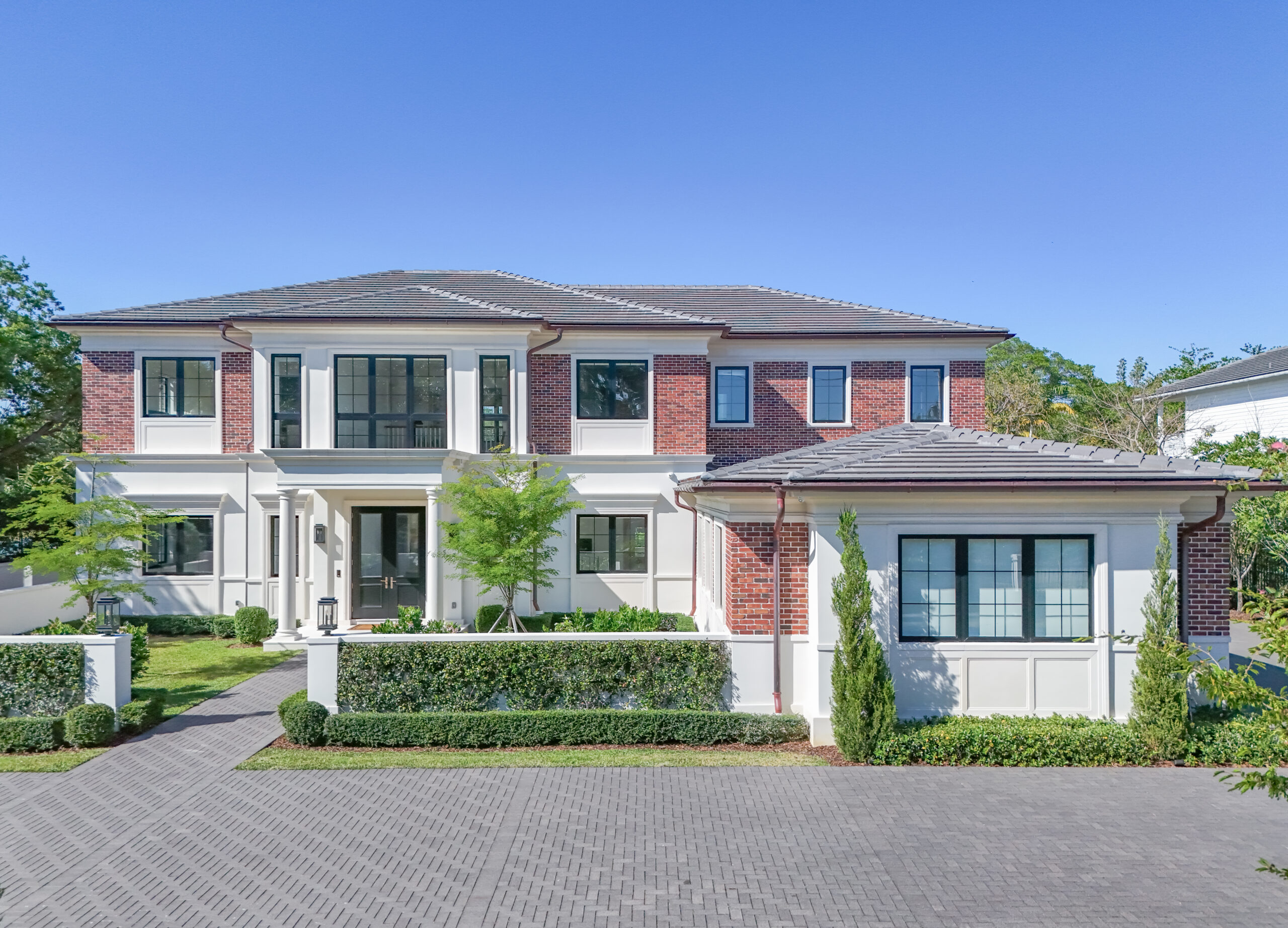
Built to Endure: A Masterclass in Climate-Resilient Architecture
Our homes aren’t just designed to be beautiful (the home on 96th in particular)—it was built to withstand time and the elements. Drawing inspiration from classic architecture by Stan Maco, the renowned Canadian architect known for building in harsh environments, this residence applies those same principles to Miami’s increasingly volatile climate. While many contemporary homes focus on sleek appearances, they often fall short in durability—plagued by leaks, mold, and water damage within just a few years. In contrast, this home was constructed with extraordinary attention to environmental resilience. Every detail—from the copper gutters and French drain system to the double-insulated roof and fully waterproofed, sealed brick façade—was engineered to handle heavy rainfall, shifting temperatures, and long-term wear. French drains ensure water is efficiently directed away from the home into rock-filled basins, preventing standing water, structural damage, and mosquito infestations. The extra layers of insulation, reinforced overhangs, and tongue-and-groove eaves go far beyond code requirements, providing long-term protection and peace of mind. Even the precast architectural details were mock-modeled in advance, allowing the design team to visualize every element before installation, ensuring flawless execution. This is not just a luxury home—it’s a long-lasting investment in craftsmanship, comfort, and climate-conscious construction.
What Does a Custom Home in Miami Really Cost?
One of the most common—and crucial—questions clients ask when touring a true custom home is simple: What does this cost, and is it worth it? These homes are rare, and when you see one with this level of craftsmanship—from the bespoke millwork and custom cabinetry to the pool, gates, and landscaping—you’re looking at an investment of approximately $900 to $925 per square foot. That figure includes almost everything you see, even the exterior landscaping, but excludes some interior designer-selected elements like blinds, blackouts, and wallpaper. Once you factor in those details along with furnishings and final finishes, a realistic all-in budget reaches about $1,000 per square foot. It’s not a small number, but for those seeking timeless design, lasting quality, and environmental resilience, it’s a price that reflects enduring value.
Understanding True Value: The Real Cost—and Reward—of Building a Custom Home
When clients ask, “What would it cost to build this home today?”—this is where the real explanation begins. Take this Pinecrest estate, for example. It sits on nearly an acre in a market that supports high-end custom homes, alongside prestigious neighborhoods like Ponce Davis, Hammock Lakes, and Snapper Creek. Buying a lot here would cost around $3 million, and constructing a home of this caliber—nearly 9,900 square feet in total—would be another $9 million, conservatively. That brings the total investment to roughly $12 million, which is in line with today’s asking price. But what’s harder to quantify is the sweat equity poured into this home: years of planning, sourcing, and execution, all resulting in a residence that’s not only stunning today, but timeless in design and integrity. Homes like this rarely trade hands because their quality and customization are nearly impossible to replicate. And five or ten years from now, this property will still command top dollar per square foot because of the hidden craftsmanship—the double insulation, French drains, soundproof drywall—details that elevate the home’s durability and performance far beyond what meets the eye. Like any true luxury product, its long-term value lies in what you can’t immediately see, but will certainly feel for generations.

Why Waiting Will Cost You More: The Real Economics of Building Custom Homes
If you’re considering waiting a few years to build a custom home, hoping prices will drop or the market will correct, history suggests you’re betting on the wrong outcome. Tariffs, labor shortages, and rising material costs—like concrete and steel—rarely reverse. Construction costs have a consistent upward trend, not because of temporary events like COVID-related supply chain shocks, but because the baseline cost of building is always creeping higher. Even during dips in demand, prices rarely fall significantly, especially for true custom homes. Unlike spec homes, where supply is far more elastic and subject to overbuilding, custom homes operate on a different plane—one defined by precision, craftsmanship, and scarcity. Buyers hoping for a deal often misunderstand this market, lumping it in with mass-produced homes. But just like a well-managed portfolio, custom homes require insight, detail, and discipline. The value lies beneath the surface—in materials, in planning, in execution. That’s what holds value long-term. So if you’re serious about quality and longevity, waiting isn’t saving—it’s delaying the inevitable at a higher price.
Connect with the David Siddons Group
Building or buying a custom home in Miami is a big decision—and the difference between a dream home and a stressful process often comes down to the right guidance. Whether you’re just starting to explore custom-built homes, planning to design from scratch, or looking to sell a high-end custom property, understanding the challenges, costs, and common mistakes is essential. This blog was created to help you make smarter, more confident decisions. If you’re thinking about buying, building, or selling a custom home, let’s talk. I’m here to guide you through every step of the custom home journey—without regrets.
Connect with me today by calling 305.508.0899 or schedule a meeting via the app below.
FAQ
These are the most commonly asked Google Real Estate Related questions
1. What are the Current Best New Condos in Miami?
If you want to hear in more details our opinions on the best new Miami new construction condos. Please read this article:Best New Construction Condos 2022-2023.
2. What is the best New Construction Condo in Fort Lauderdale?
In our opinion, the Residences at Pier Sixty-six are certainly the most interesting and unique. Already well underway this 32 Acre project will be home to the first of its kind Marina where owners will be able to anchor up vessels up to a staggering 400 ft! For specifics of this project see our independent review of this project.
3. How can I compare the new luxury construction Condos to the best existing Luxury Condos in Miami?
Our Best Luxury Condos in Miami article will prove to be very useful to those looking to compare the existing to the new. You may also want to watch this video which shows the performance of the best Condos in Miami over the last 15 years!
Please fill in your details and David Siddons will contact you
- Get our Newsletter
- Subscribe
- No Thanks
Get the latest news from Miami Real Estate News
Edit Search
Recomend this to a friend, just enter their email below.
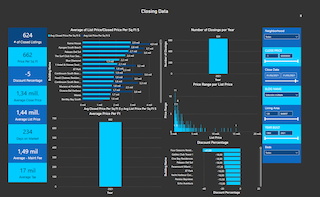 COMPARE WITH CONDOGEEKS
COMPARE WITH CONDOGEEKS




